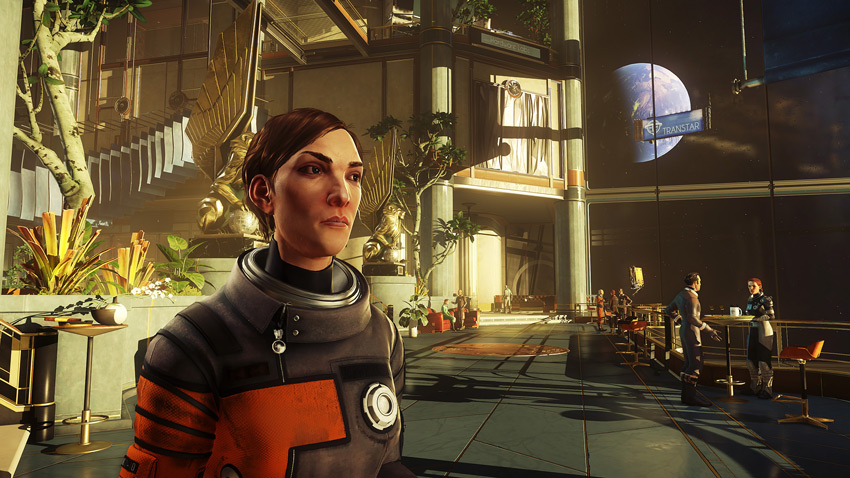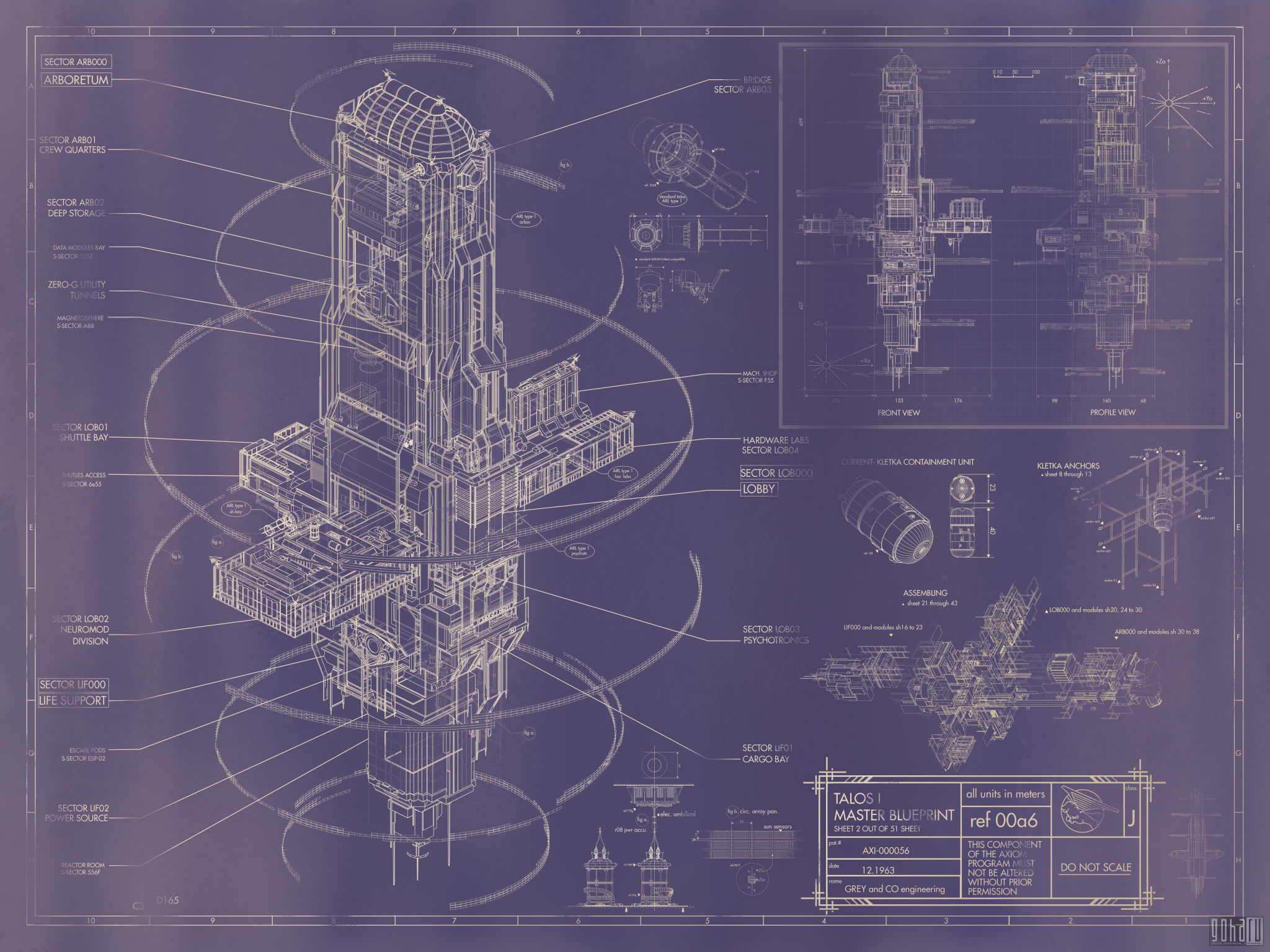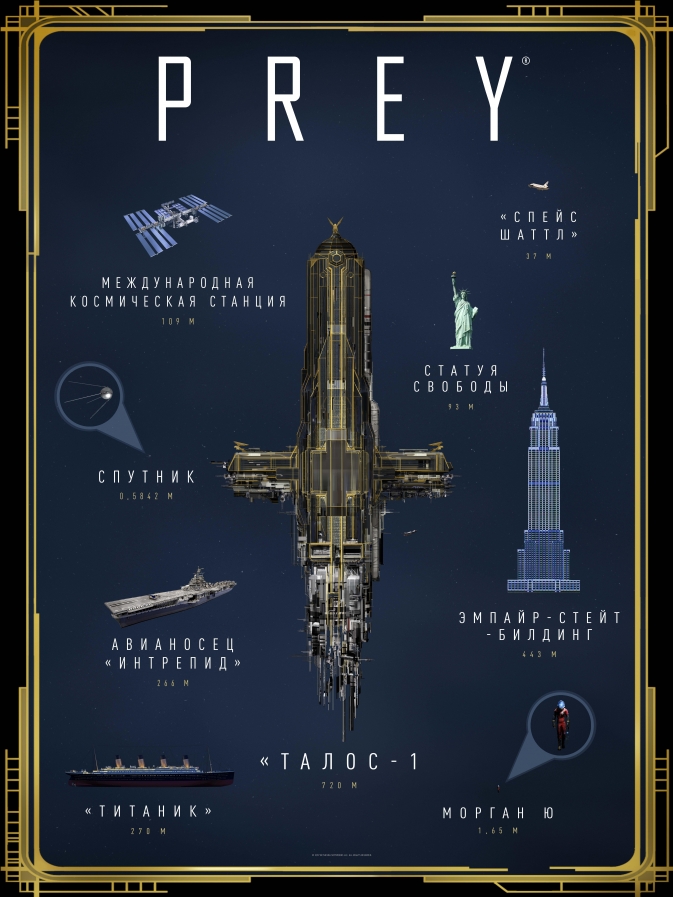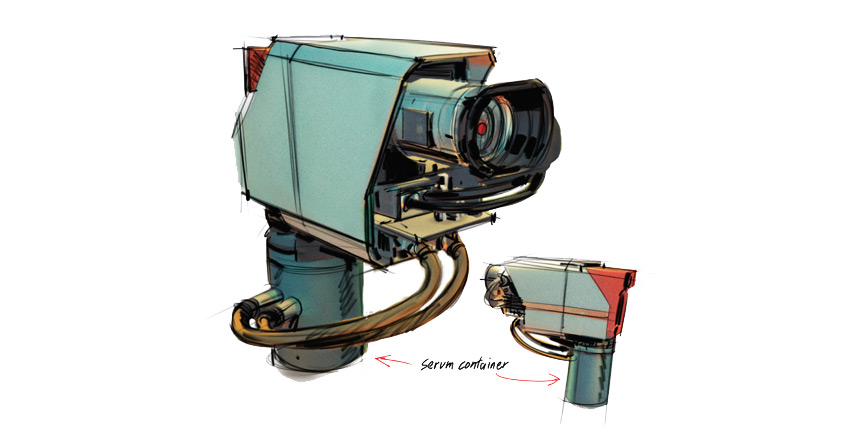Today, on May 5, the immersive shooter Prey is released. The Gamasutra portal told about the work on the design of the station where the game takes place.
App2Top.ru publishes a translation of the article.
Caution: there are light spoilers in the publication.

When creating the giant space station where the events of Prey unfold, Arkane Studios knew that it wanted to create something more than a set of levels through which the player breaks through with a fight. They wanted Talos 1 to be perceived as an ecosystem: interconnected, huge and – until recently – fully functioning.
In pursuit of this, the lead designer Ricardo Bare and his team set out to find something from which to start when creating a sci-fi environment. The ideal model of their space station, according to Baree, turned out to be the dungeons of Arx Fatalis, an Arkane fantasy game released in 2002.
“We wanted to get one super-dungeon, but in space, with a huge number of immersive, simulation–based systems,” says Baree. A space station full of alien creatures,” the designer continues, “would be a great sci–fi equivalent [of what was in Arx Fatalis]: mysterious chambers, secret paths and dangerous enemies on every corner.
Prey takes place in an alternate universe where John F. Kennedy survived an attack by Lee Harvey Oswald. “This is not the only event that distinguishes the alternative universe from ours, there are, of course, other differences, but this is central,” says Baree. “As writers and designers, we use this event as the reason for the emergence of advanced space technologies.” In the world of Prey, the threat to life motivates Kennedy to triple his efforts in the space race between the USA and the USSR.
According to Baree, this cornerstone of the alternative Prey universe has also become a central source of inspiration for the artists working on the design of Talos 1. The aesthetics of the station is based on the hotels of the 60-70s, in which the world leader spent a lot of time. “Their neo-deco fills our art,” Baree notes.
The Talos 1 study provides a clear picture of the accelerated space program, including the trend towards privatization [of the industry], which happened in the game decades before it started in reality. “We read a lot about how private business makes huge strides in space technologies, which previously only the state was engaged in. Talos 1 is not a state–owned enterprise or a military facility,” Baree notes. “If Elon Musk had enough funds to build a space station, or if Google had such capabilities, it would look something like this.”
The luxury of TranStar, the corporation-owner of the space station, is evident in every location of the Arkane space mega-dungeon. Expensive materials, such as wood and leather, transported from Earth at an incredibly high price, are in most of the corporate premises of the station.
Another layer of the history of the space station, which explains not its style, but how it is constructed.
TranStar Corporation is just the last owner of Talos 1. Initially, the station was built as a prison for Typhon, an alien species, at the end of the war between the USA and the USSR. The further the player goes on his journey through Talos 1, the more brutal and utilitarian the architecture becomes, which the designers have made reminiscent of the countries of the Eastern Bloc.
Prey’s backstory was also useful when choosing mechanics for a game that, at least outwardly, is a shooter. “Since the space station is a research complex, a research complex of a corporation, we intentionally did not introduce things like machine guns and rocket launchers into the game,” says Baree.
Despite the fact that the game has guns and pistols inherited from the station security service, there is no army equipment in the game, it will not be possible to find BFG in the game. “Most of the tools are prototypes,” Baree adds. “They’re not ready yet, they don’t look polished, attractive. Not iPhones.”
One of the reasons that makes Talos 1 a great location for a shooter is that it looks and feels like a place created for other purposes. As Baree notes, Prey was based on the principle: to create not puzzles, but a complex and interesting environment. “Don’t lock the door with a key that the player has to find,” Baree will be singled out. “Instead, think of [the location] as a living, dynamic world where thousands of solutions are possible.”
Source: Gamasutra



